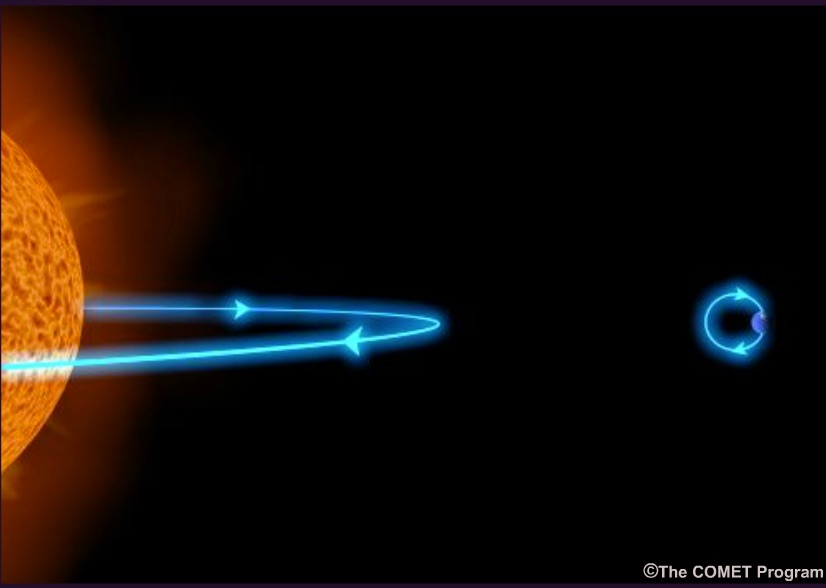
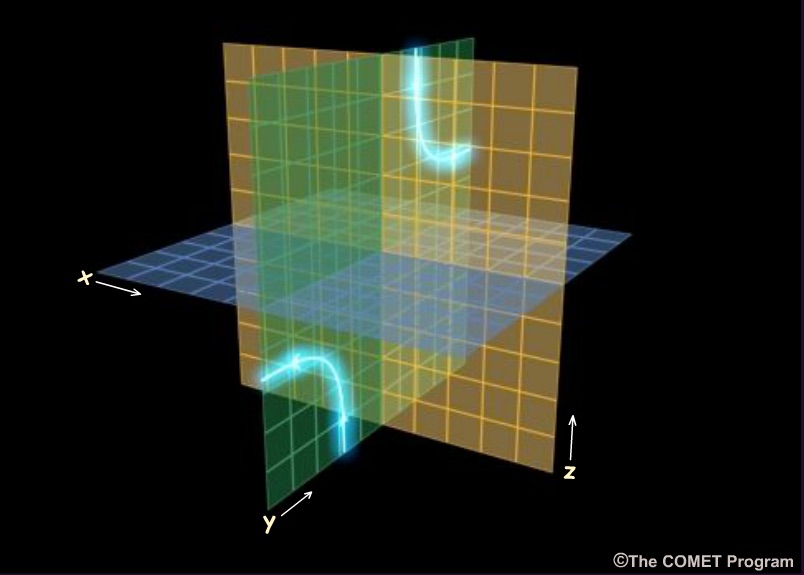
MetEd/Comet
http://www.meted.ucar.edu/hao/aurora/aurora1.htm
(free membership; Physics of the Aurora - Earth Systems; Magnetosphere Section 2.1)
| INTRO:
PLASMA |
MAGNETISM |
SOLAR WIND |
CORONAL MASS
EJECTIONS (CMEs) |
SOLAR
FLARES |
DYSTOPIA |
MAGNETOSPHERE |
INTERACTION |
ATMOSPHERE |
COLORS |
DETECTION |
BIBLIOGRAPHY |
 |
 |
Usually, the released
particles on solar magnetic fields are approaching on an
east-west axis (xy plane) and hit roughly north-south
terrestrial magnetic field lines (xz plane). The
combined magnetic field lines due to reconnection break in
a yz plane. MetEd/Comet http://www.meted.ucar.edu/hao/aurora/aurora1.htm (free membership; Physics of the Aurora - Earth Systems; Magnetosphere Section 2.1) |
| The orientation of the solar magnetic fields bearing the particles has a dramatic effect upon the resultant ionosphere convection patterns, thus part of the patterns of the aurora. | 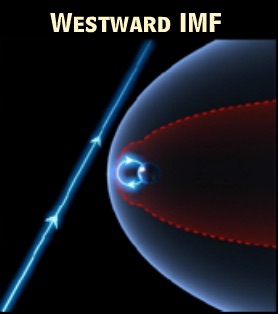 |
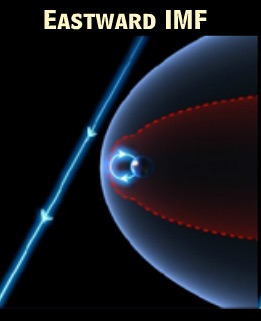 |
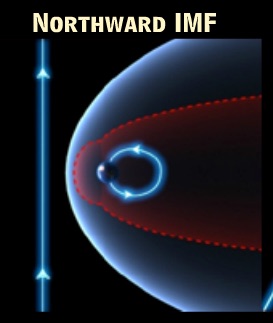 |
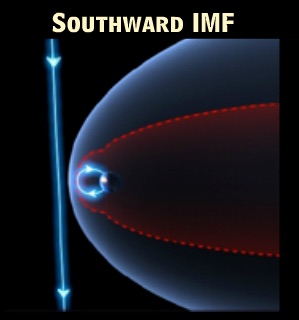 |
MetEd/Comet http://www.meted.ucar.edu/hao/aurora/aurora1.htm (free membership; Physics of the Aurora - Earth Systems; Magnetosphere Section 2.2) |
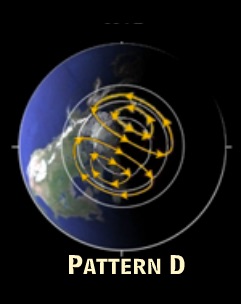 |
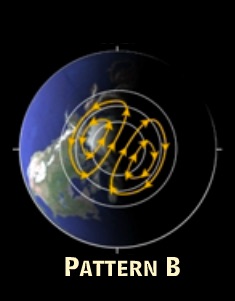 |
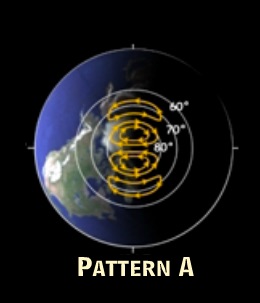 |
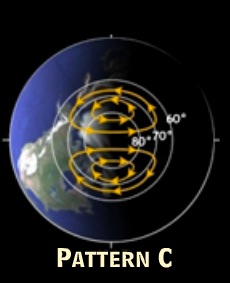 |
|
Science at NASA
|